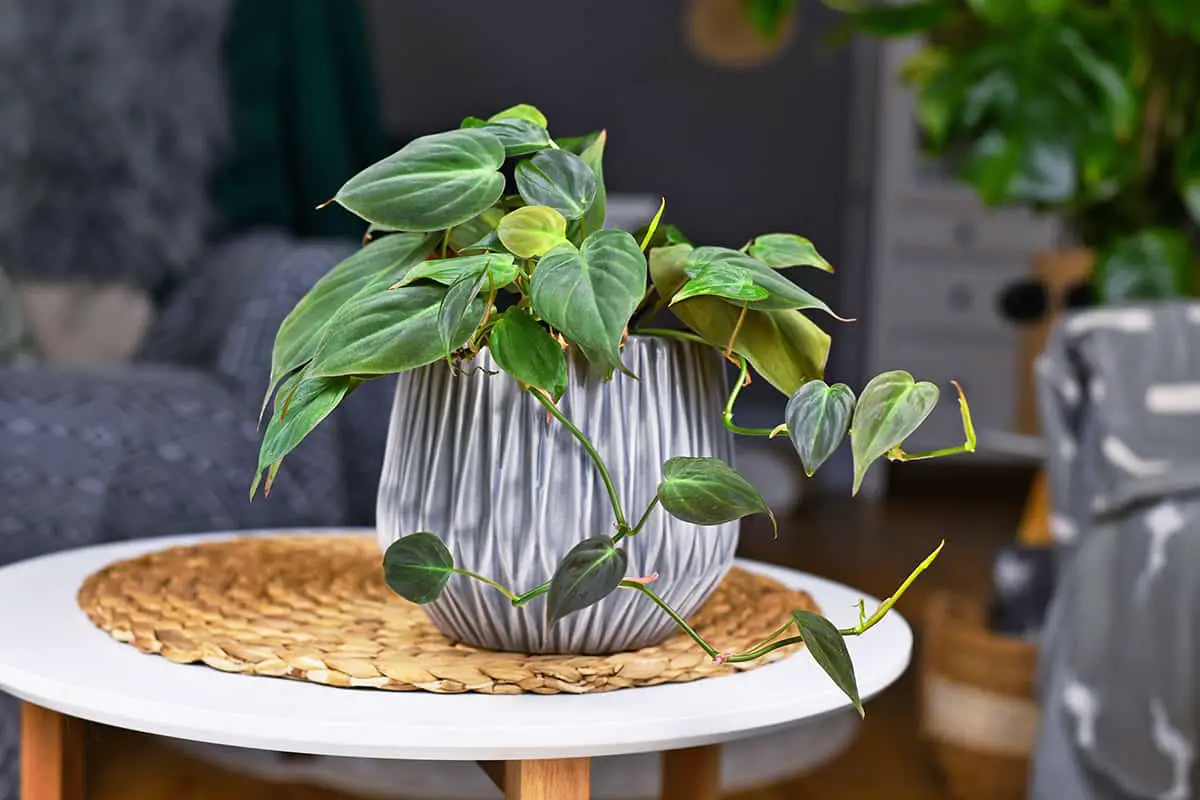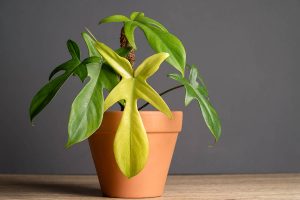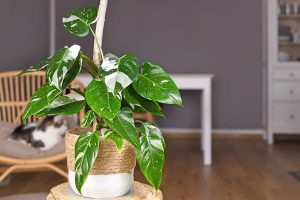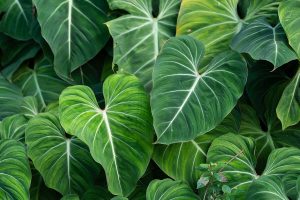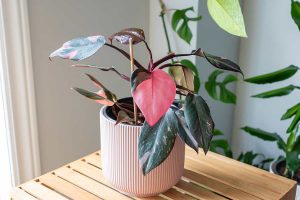If you’ve added a new Philodendron to your houseplant collection, then you might be wondering how long you can expect it to live. Philodendrons are relatively easy houseplants to keep, and they will reward you with interesting foliage and lush color. The life expectancy of philodendrons will vary depending on a number of things.
On average, philodendrons kept as houseplants will live for around 20 years. In some instances, philodendron houseplants have been known to live for twice as long as this, while others may die back much earlier.
When grown in their native habitats in the wild, philodendron plants can actually live for over a century. The length of time your philodendron lives will be dependent on the level of care you give it, as well as the type of philodendron it is.
Table of Contents
How to Extend the Life of Your Philodendron
The lifespan of philodendron house plants is a direct result of the type of care they receive. As you might expect, a plant that is grown in ideal conditions is going to be much healthier, stronger, and likely to live a lot longer than a plant that is not kept in correct conditions.
There is no specific age that a philodendron can live to, and instead, the lifespan will be dictated by how the plant is treated. Different types of philodendrons can require different levels of care and different growing conditions, but in general, most philodendrons have similar requirements.
Here we explain how to care for your philodendron to keep it growing for as long as possible.
Light

The vast majority of philodendrons need to be kept in bright, indirect light. This means they should be situated in a room that receives a good level of natural light but in a spot where the light isn’t shining directly onto their leaves for extended periods.
For example, you might keep your philodendron on a coffee table in a bright south-facing living room rather than on the windowsill, where it will be subjected to continuous direct light throughout the day.
Too much direct light will cause philodendron leaves to burn, which is one of the reasons making the philondendron leaves to turn yellow or brown around the edges. Some types of philodendron will be happy living in lower levels of light, such as medium indirect light.
Understanding the species of philodendron you have is key to ensuring it receives a suitable amount of light. Variegated species tend to be more finicky and will need higher levels of light to remain healthy.
Temperature
Philodendrons are tropical plants in their native environments, which means they are accustomed to growing in warm temperatures. This is one of the reasons that philodendrons make such great houseplants because average room temperatures are similar to tropical rainforest temperatures.
As a rule of thumb, if you are comfortable with the temperature in your home, then your philodendron is also comfortable. The ideal temperature for philodendrons is between 60 and 70 degrees Fahrenheit, which is the room temperature of most homes.
These plants can tolerate temperatures as low as 55 degrees Fahrenheit during the winter when they become dormant, but philodendrons kept in low temperatures all year round will suffer with a reduced lifespan.
Humidity
As tropical plants, philodendrons enjoy high levels of humidity. If you want to keep your philodendron happy and give it a better chance of a longer life, then you should create conditions which mimic its natural habitat, and this includes humidity.
There are various ways to increase the humidity for indoor plants, but one of the easiest and most common ways is simply to routinely spritz the leaves of the plant with a water spray. You can also increase humidity with an electric humidifier in the same room as the plant or by using a pebble tray filled with water underneath the plant.
Grouping tropical plants together also helps to increase humidity and create an environment similar to their natural habitats. Philodendrons are not as particular about their humidity as other plants, such as ferns and calatheas.
If you aren’t able to create a humid environment for your philodendron then it will be just fine, but to extend the lifespan of the plant then, providing it with a more humid climate will help.
Water
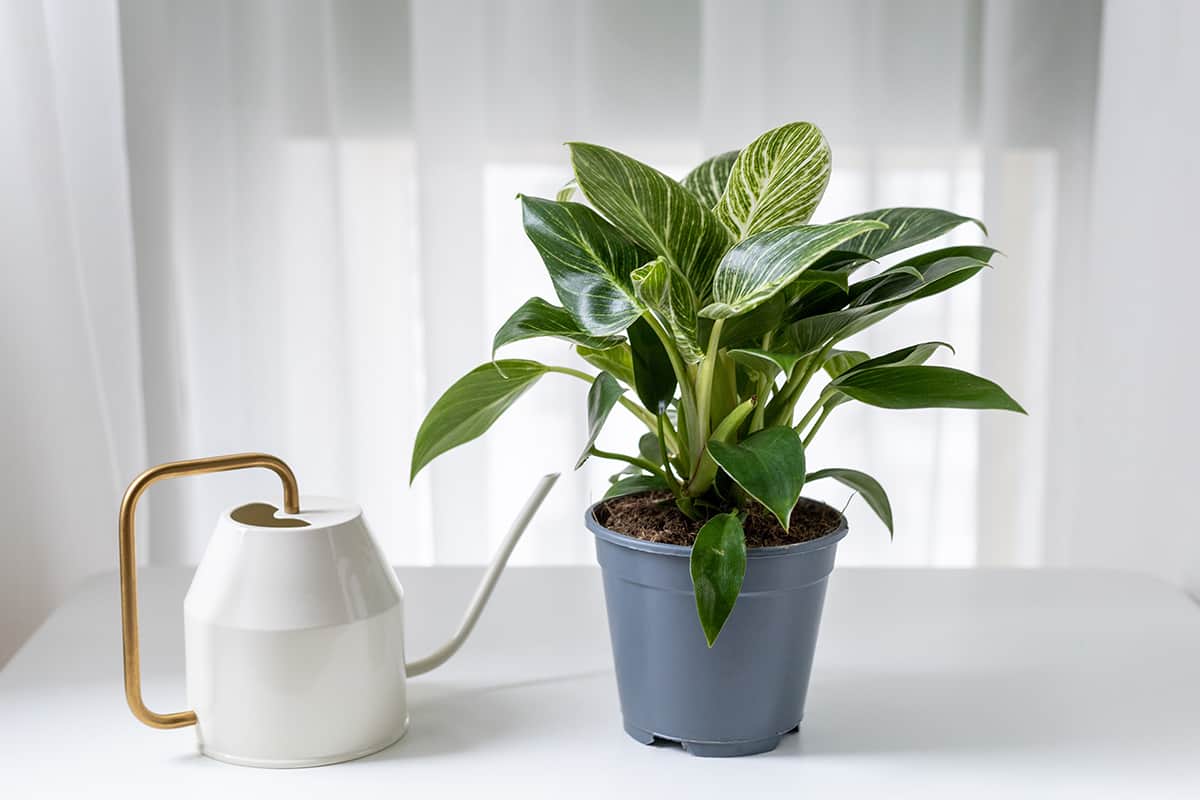
Philodendrons don’t like to be in soil that is too wet or too dry. You should aim for a good balance when watering your philodendron houseplant, with the regularity of watering dictated by the conditions and the plant itself rather than a schedule.
In the philodendron dormant period, it will need much less water, so throughout the water, you can expect to only need to water the plant around once a month. In the active growth phase in spring and summer, the philodendron will need more moisture.
Depending on the size of the plant and the climate, you may need to water your philodendron as often as once or twice a week. Ensure the top few inches of the soil are dry to the touch before you add more water to the plant. The leading cause of premature death in philodendron houseplants is overwatering. You should also not let the soil completely dry out, as this will also cause the plant to die back.
Fertilize
Most philodendrons are happy enough without fertilizer, but if you want a supremely healthy plant that can last a long time then you should feed it during the active growth phase. Use a diluted, liquid fertilizer once a month.
Create New Philodendron Plants
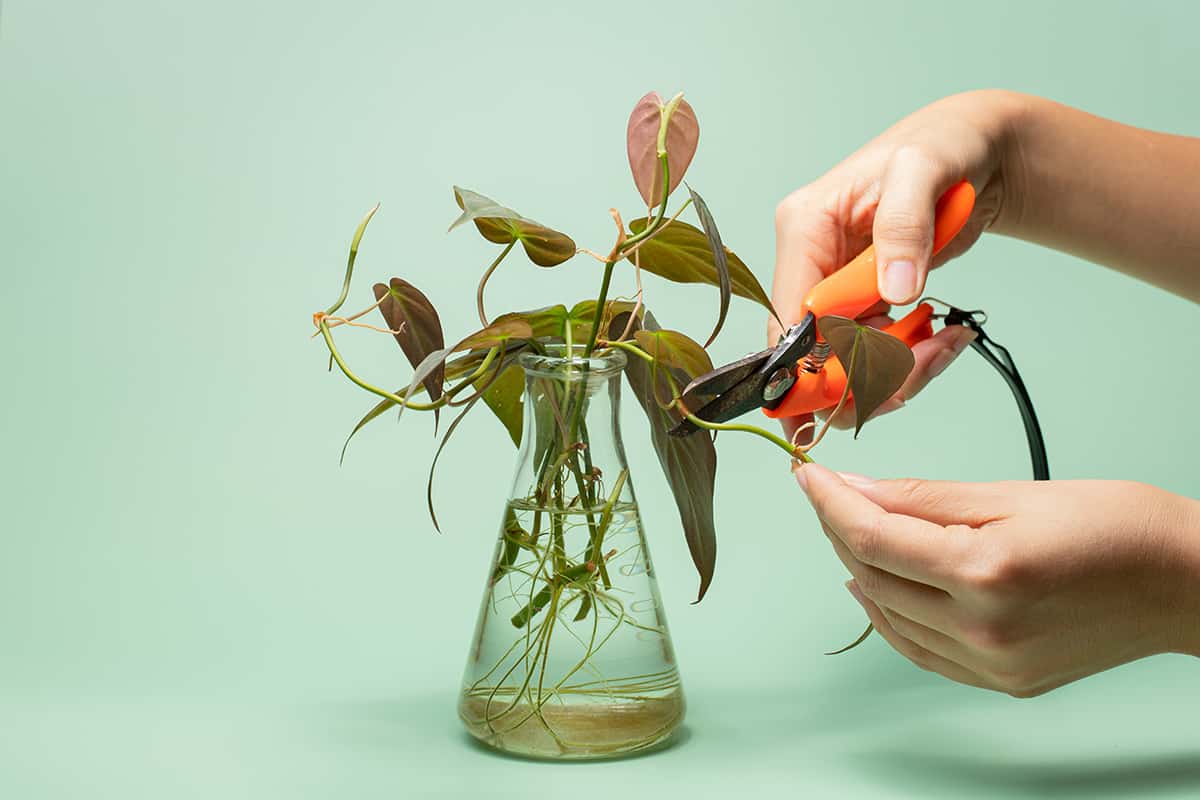
Creating new philodendron plants from your existing plant is a good way to ensure you always have a backup, just in case your original philodendron doesn’t live as long as you hoped. You can do this via propagation.
Propagation
The easiest way to propagate a philodendron plant is with stem cuttings during spring or summer. On your houseplant, take a cutting that is around 4 inches in length, and remove any leaves on the lower half of the stem. Insert the stem into moist soil in a small pot and set it on a bright windowsill.
Keep the soil moist but not wet, and the cutting should produce new roots in 2 to 4 weeks. Once roots are well established, transplant the cutting to a larger pot. You can learn the detailed steps to propagate one of the common philodendron types – the Philodendron Brasil in our article ‘How to Propagate Philodendron Brasil‘
